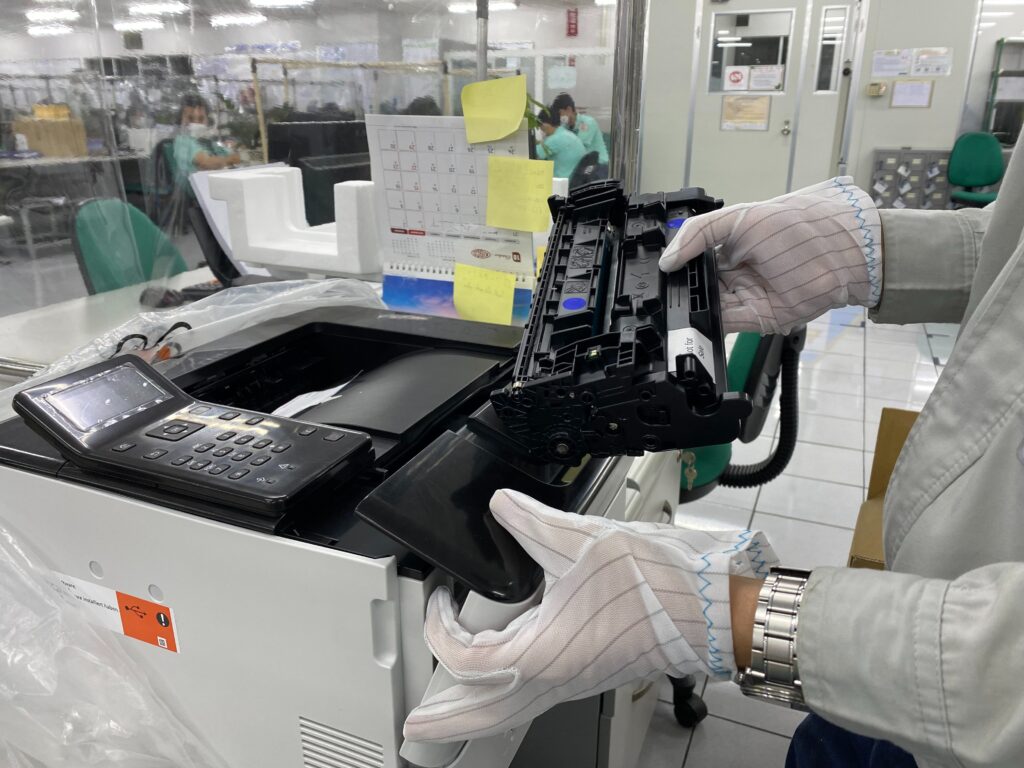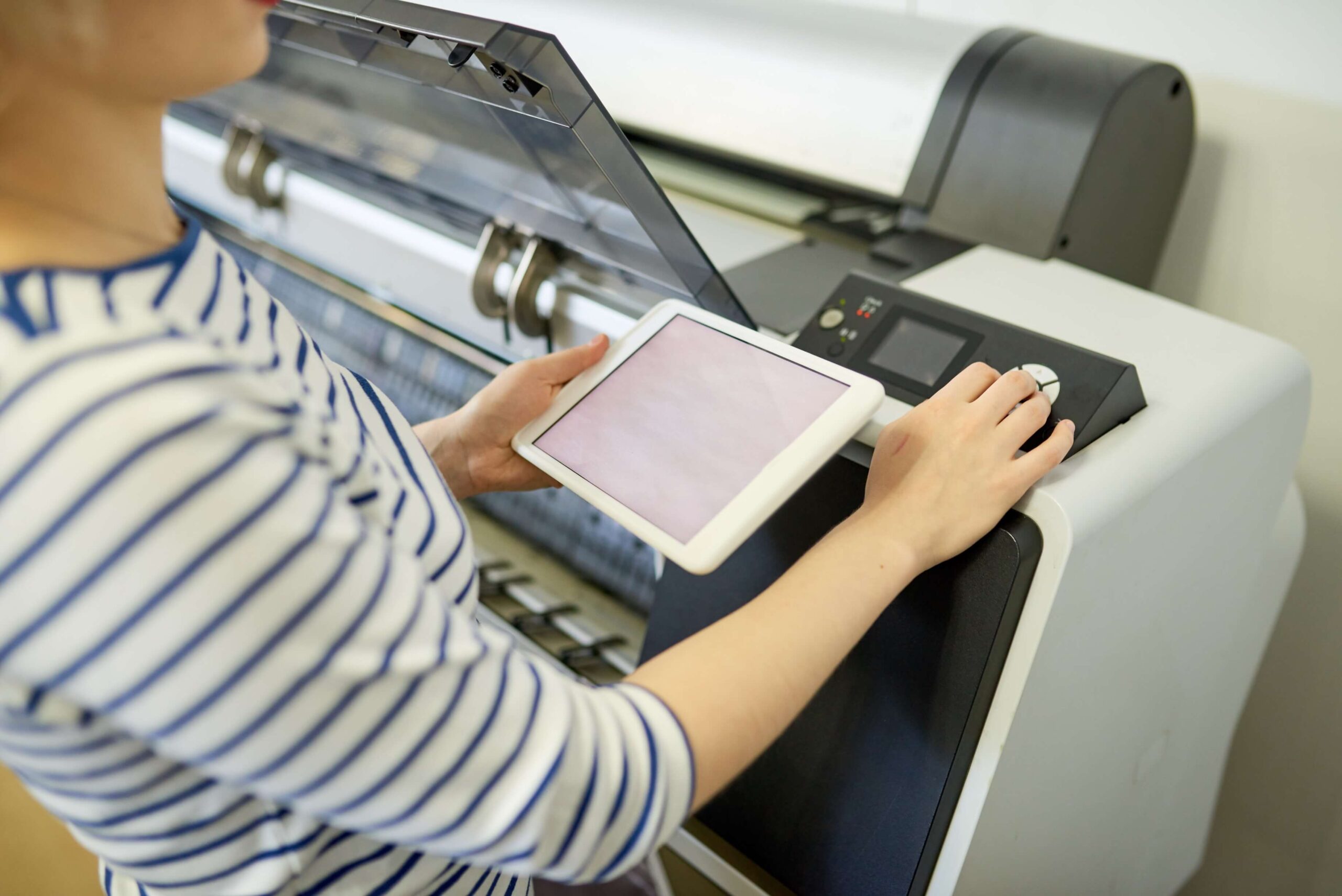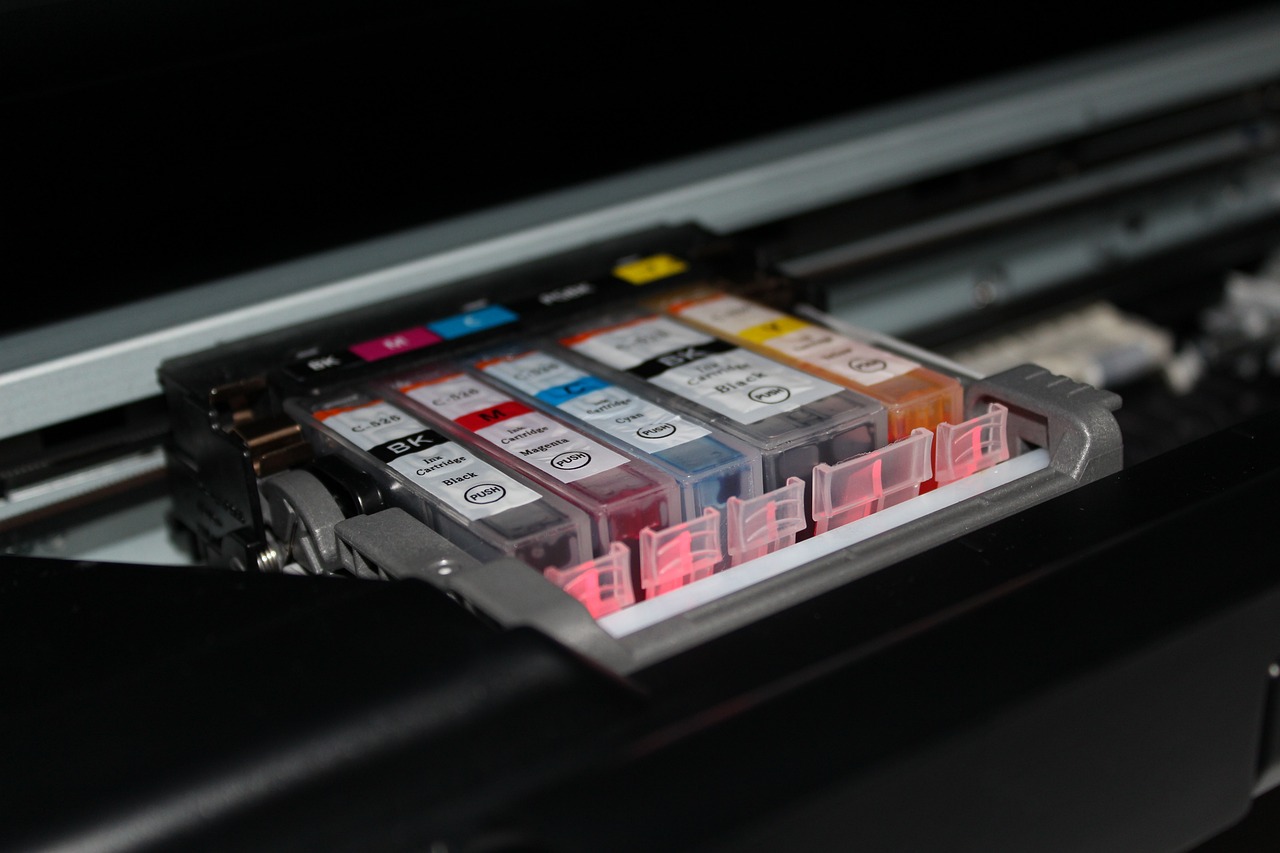
The Essential Guide to Performing Nozzle Tests on Printers
In the intricate world of printing, achieving flawless and precise results is paramount. This is where the crucial role of nozzle tests comes into play. Performing nozzle tests is a fundamental aspect of maintaining the optimal performance of your printer, ensuring consistent and high-quality output.
Whether you’re a seasoned printing professional or a novice exploring the realm of printing technology, understanding the importance of nozzle tests and how to execute them proficiently is a critical step in your printing journey. In this article, we’ll delve into the significance of nozzle tests, and their impact on print quality, and provide you with comprehensive insights on how to effectively perform this essential task to keep your printer in top-notch condition.
What is a Printer Nozzle?
A printer nozzle, also known as a printhead nozzle, is a tiny opening in a printer’s printhead from which ink or other printing materials are expelled onto the printing surface. These nozzles are a vital component of modern inkjet printers, playing a crucial role in creating images and text on different substrates. Nozzles are responsible for releasing precise droplets of ink at specific intervals and positions, allowing the printer to recreate detailed graphics, text, and images with accuracy.
Ensuring the proper functioning of printer nozzles is essential for maintaining optimal print quality and preventing issues such as streaks, colour inconsistencies, and distorted images. Regular maintenance, including nozzle checks and cleaning, helps to keep these tiny components working efficiently and delivering the high-quality prints that users expect from modern printers.
Importance of Printer Maintenance Check
Regular printer maintenance checks are essential to ensure consistent and high-quality output. Just like any other machinery, printers require proper care to function optimally over time. Neglecting maintenance can lead to various issues, including poor print quality, paper jams, and even costly repairs. By conducting routine maintenance checks, you can prolong the lifespan of your printer, reduce downtime, and ensure that your prints always meet the desired standards. Don’t underestimate the impact of regular maintenance—it’s an investment that pays off in the form of smooth operations and reliable performance.
A printer maintenance check is not just a routine task—it’s a proactive measure that prevents potential problems from arising. Dust, debris, and wear and tear can accumulate over time, affecting the printer’s functionality and print quality. By conducting regular maintenance checks, you can catch and address these issues before they escalate into major problems. This proactive approach not only saves you time and money on repairs but also ensures that your printer operates efficiently, producing clear and crisp prints consistently. Prioritizing printer maintenance checks is a smart way to avoid unnecessary disruptions and maintain the productivity of your printing tasks.
How to Performing Nozzle Tests
Performing nozzle tests is a crucial maintenance task to ensure the optimal performance of your printer. Here’s a step-by-step guide on how to perform nozzle tests:
- Access Printer Software: Open the software interface that controls your printer. This could be the printer’s control panel, driver software on your computer, or a dedicated software application.
- Locate Maintenance or Utility Section: Look for a section in the software that provides maintenance or utility options. This is where you’ll typically find the nozzle test function.
- Initiate Nozzle Test: Select the nozzle test option. The printer will start a test pattern that consists of various colour blocks and lines.
- Observe the Test Pattern: Once the test pattern is printed, examine it closely. Check each colour block and line for any gaps, streaks, or inconsistencies. These issues indicate clogged or misfiring nozzles.
- Identify Problematic Colors: Note which colours are showing issues. This will help you pinpoint the specific nozzles that need cleaning or maintenance.
- Run Cleaning Cycle: If you identify any problematic colours, run the printer’s cleaning cycle for those specific colours. This cycle uses ink to flush out and clean the clogged nozzles.
- Perform Nozzle Test Again: After the cleaning cycle, perform another nozzle test to see if the issues have been resolved. If not, you may need to run multiple cleaning cycles or more advanced cleaning procedures.
- Manual Cleaning (if necessary): If the nozzle issues persist, you might need to manually clean the print heads. Consult your printer’s manual or manufacturer’s guidelines for the proper procedure.
- Repeat Nozzle Test: Perform another nozzle test after manual cleaning to ensure that all nozzles are functioning properly.
- Calibration and Test Prints: After confirming that the nozzles are working properly, consider printing a calibration image or a test print to ensure accurate colours and sharp details.
Performing regular nozzle tests helps prevent print quality issues and ensures your printer’s nozzles are working correctly. It’s a simple yet effective way to maintain consistent and high-quality prints.
Tips and Reminders for Performing Nozzle Tests
Here are some additional tips and reminders to keep in mind while performing nozzle tests:
- Regular Nozzle Testing: Make nozzle testing a regular part of your printer maintenance routine. Aim to perform tests weekly or whenever you notice a drop in print quality.
- Document and Track: Keep a record of your nozzle tests and any maintenance actions taken. This helps you track the health of your printer’s nozzles over time.
- Use the Right Paper: Perform nozzle tests on the same type of paper you commonly use for printing. Different paper surfaces can slightly affect ink flow and nozzle performance.
- Check Ink Levels: Ensure your ink cartridges have enough to perform accurate tests. Low ink levels might result in false nozzle issues.
- Warm-Up Your Printer: Allow your printer to warm up before performing nozzle tests.
- Avoid Interruptions: Running the test without interruptions allows you to focus on the results and identify any issues accurately.
- Maintain Clean Environment: Perform in a clean environment to minimize the risk of particles interfering with the print heads.
- Use Manufacturer Guidelines: Always follow your printer’s manufacturer guidelines for nozzle testing and maintenance.
- Avoid Overcleaning: While it’s important to clean clogged nozzles, overcleaning can lead to excessive ink wastage.
- Consult Professional Help: If you’re facing persistent nozzle issues, consider reaching out to the printer manufacturer’s support or a professional technician.
Performing nozzle tests correctly and consistently can significantly improve your printing experience and output quality. Regular maintenance ensures that your printer’s nozzles are functioning optimally and producing the best possible prints.
If you’ve performed a thorough nozzle test and identified issues with your printer’s ink nozzles, it might be time to consider ink and cartridge replacement. Don’t compromise on print quality – ensure your printer continues to deliver exceptional results. PRINTFINISH offers a wide range of high-quality ink and cartridges designed specifically for your printer model. Whether you need replacement cartridges or professional advice on resolving nozzle issues, our expert team is here to assist you. Contact us today to ensure your printer is operating at its best and producing outstanding prints for your business needs.










